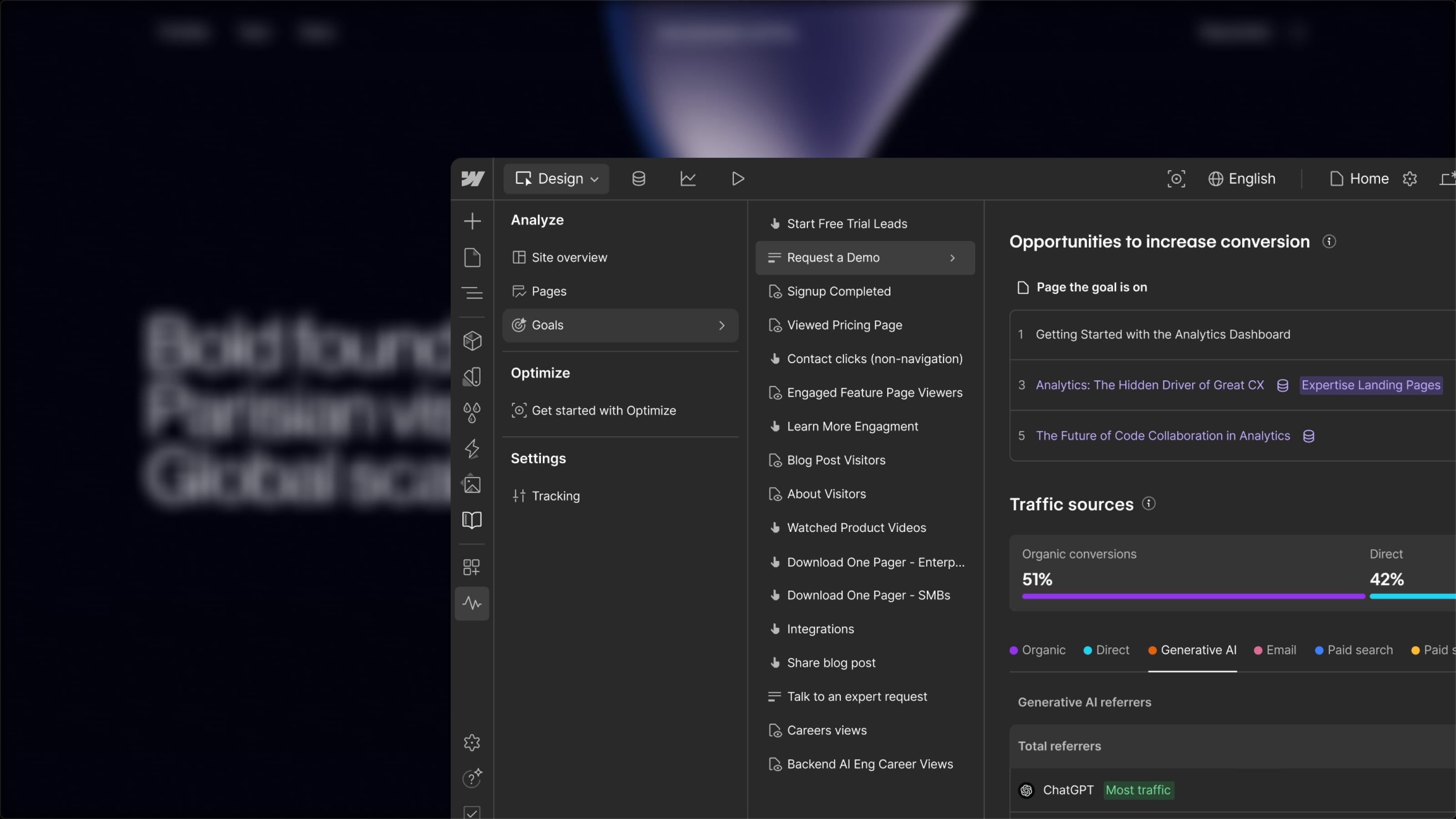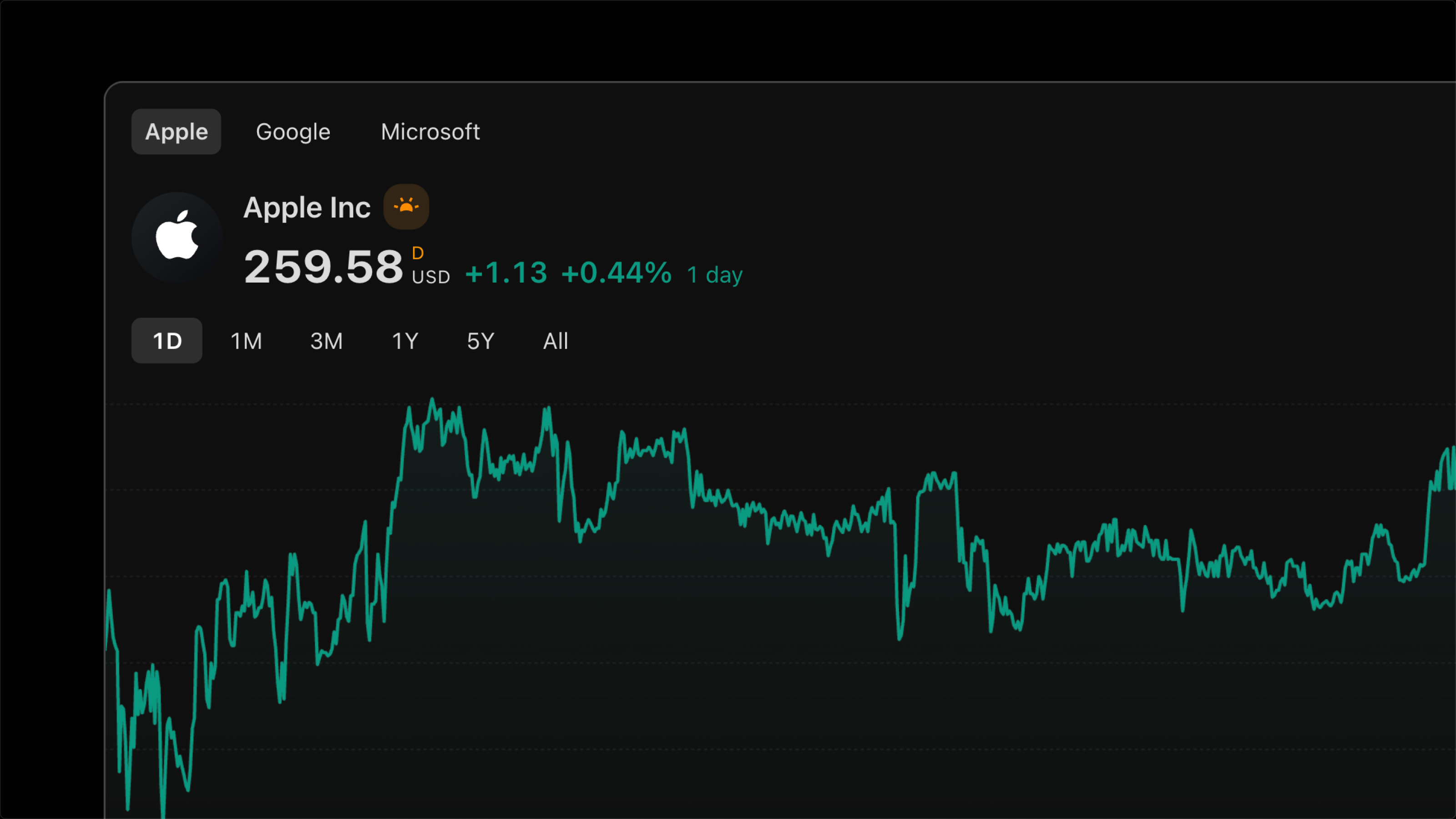A responsive website is a site whose layout adapts to display on all devices: desktop, laptop, mobile, and tablet.
Some statistics:
- In 2021, mobile Internet traffic accounted for 55.56% of total global Internet traffic, meaning more than half.
- As of July 1, 2021, there are over 4.8 billion Internet users worldwide, representing 61% of the global population.
Why use responsive design?
Optimizing your website with responsive design is now essential. Many clients ask us whether our sites are sold as responsive design because "it's not mentioned in your quote." We don’t specify this, as it is obviously a requirement for us. Since the rise of smartphones, web users have altered the statistics surrounding website navigation. Global mobile web traffic now surpasses web traffic from desktops. Therefore, having a mobile-friendly site is crucial.
Is my site responsive?
The best way to determine if your site is responsive is to test it! Here are two methods for checking the adaptive display of your web design:
- Free Google Testing Tool using a URL (Link to Google Tool)
- "By hand." Grab your mobile phone and browse the mobile version of your website thoroughly!

How does responsive design work in Webflow?
Webflow is a visual code editor (HTML and CSS). It is a CMS, meaning a website creation tool like Wix or WordPress. Webflow is a powerful web design tool that obviously includes responsive design functionality.
The responsive design in Webflow operates in a cascading manner, which means that you have a dedicated interface for each screen size, allowing you to design specifically for each device.
How to make a page responsive in Webflow?
By default, Webflow allows you to easily display your designs on 4 screen types:
- Desktop
- Tablet
- Mobile landscape
- Mobile portrait

To achieve a layout tailored for mobile devices, for example, you will give your designer instructions about the sizes of certain elements with mobile preview activated. These instructions will automatically be written in HTML and CSS by your designer to ensure adaptive pages for your web project.
To better understand how to make your pages adaptive, we suggest watching this short tutorial in French. (Or read our article on getting started with the Webflow designer)
Go further with "fluid-responsive design"
With the responsive cascading system, a breakpoint is established. This "breakpoint" transitions your design from desktop to tablet, then to mobile. Therefore, there are static stretch values for each range in this system. For instance, an image would display as 1000 pixels -> 800 px -> 600 px -> 400 px
To take it a step further and adapt your responsive design for every screen size (even between a 1200 pixel wide screen and a 1170 pixel wide screen, for example).
For example, an image with a fluid-responsive design would display as 1000 pixels -> 999 px -> 998 px -> .... 402px -> 401 px -> 400 px
There is a tool (Hello Finsweet Plugin) that allows you to integrate a Java script and make your project 100% fluid-responsive design. They’ve written an article which you can check out here for more information on the use cases and benefits of the fluid-responsive system for end users.
Responsive Web Design, conclusion
In conclusion, responsive design is defined as a design that adapts to all your devices. There are two techniques for making web content adaptive: the cascade system with "breakpoints" and "fluid-responsive" design.
It’s important to create your website responsively. Today, we often talk about "mobile first" design because mobile site traffic has surpassed desktop traffic! Thanks to smartphones!
Ultimately, having a responsive web design enhances the user experience of your website, thus improving its natural SEO on search engines like Google.







